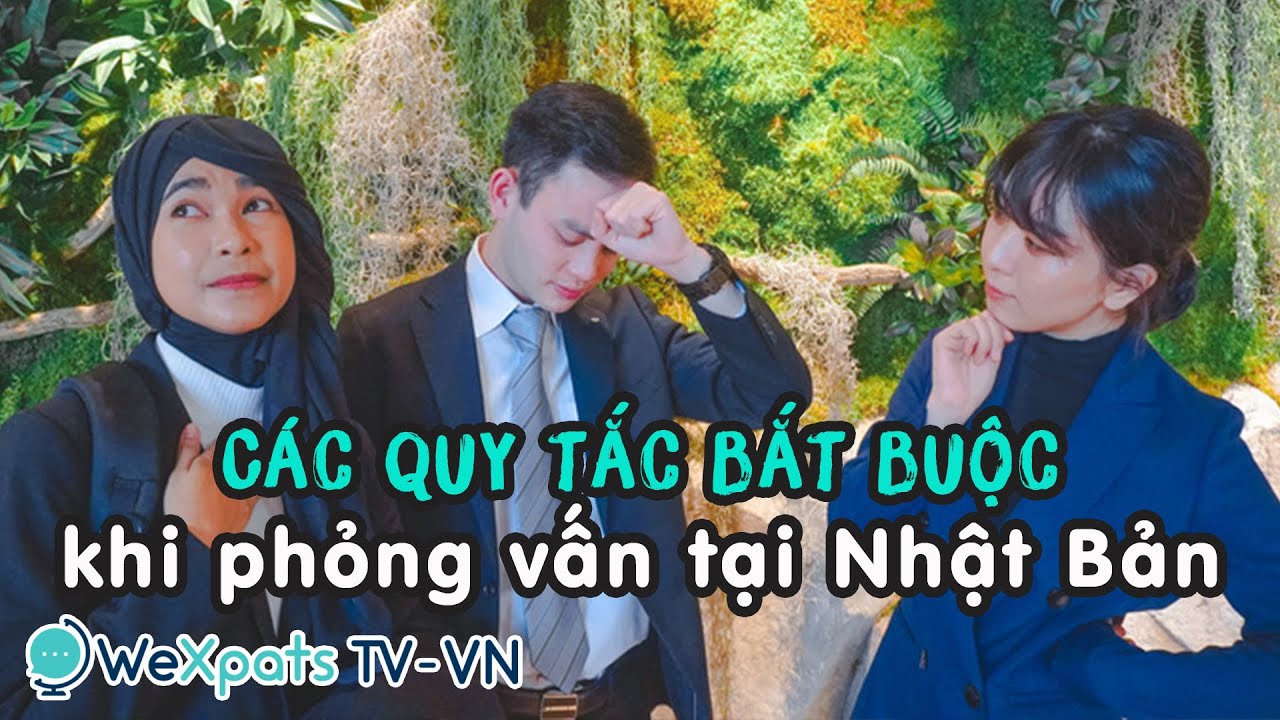World famous Ukiyo-e woodblock prints, masterful calligraphy, handmade pottery, unique and creative dance, elegant personified tea ceremonies, and more. Learn about the different types of Japanese art, with a brief look at history and influence, to enhance your art museum visiting experiences on your next trip.
Table of Contents
History of Japanese Art

Focus and Style of Japanese Art
Japanese art encompasses a wide variety of styles and materials, such as pottery, wood print, calligraphy, sculptures, dishware, just to name a few. A common characteristic of Japanese art is its refinement and attention to detail. Even the simplest of art pieces and works are prided on its meticulous quality and make. A portrayal of daily life situations and storytelling sequences will depict detailed characters as seen in the various forms of paintings.
In the 6th century when Buddhism and Chinese influence reached Japan, traditional Japanese art became more dynamic and its categories expanded, and concepts like wabi-sabi came into existence. The dramatic transformation of Japanese Art styles across the different eras made it hard to pinpoint and name exact styles as different styles came together.
※ Encyclopædia Britannica, Inc., "Japanese Art"
History and Influences on Japanese Art
The earliest form of Japanese art can be traced back to the Paleolithic Age, as in the BC Stone Age. Archaeological discoveries uncovered simple pottery for food storage, sanitizing, and cooking purposes.

As Japan entered the early Jomon Period (still BC), the simple pottery had been enhanced with low-firing for durability. In addition, decorative markings with precise incisions and ridges were adorned for aesthetic purposes. Cord patterns, different shaped pots, clay materials, reinforcements, shell impressions, and more elaborate patterns developed as the years passed. Dogu-chan 土偶ちゃん, an earthenware figurine with intricate clay corded patterns was uncovered and identified to have been made around the end of the Jomon Period.
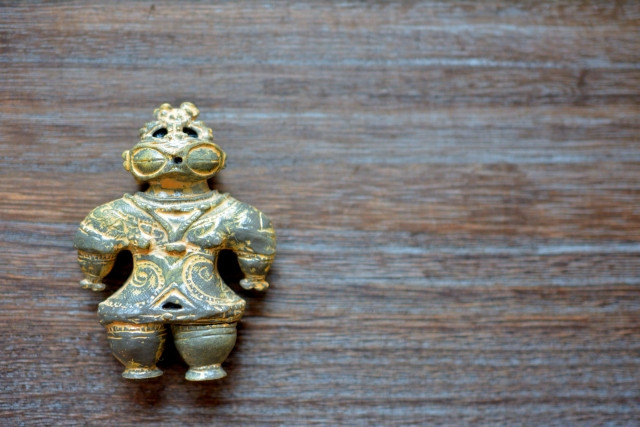
Perhaps the most significant transformation in Japanese Art was brought about by the arrival of Buddhism in Japan. This influence spanned across a thousand and more years in different categories including painting, calligraphy, dance, tea ceremonies, pottery, ceramics, gardens, and even architecture.
The modern period is considered to have started from 1868 in conjunction with the Meiji era. At this stage, Western and European influence reached Japan in similar ways to China and Korea’s Buddhism influence. Aside from Western paintings, buildings, and sculptures, fashion and food diets were also greatly influenced as well.
※ Encyclopædia Britannica, Inc., "Japanese art"
Writer's Pick
Introducing Japanese Arts
Without further ado, let’s have a quick look at some of Japan’s traditional arts.
Paintings
Traditional Japanese paintings have been available since the Asuka Period (538 ~ 710). These were mostly temple tapestries or murals. Unfortunately, not many of these have survived.
There are several styles of Japanese painting utilizing different materials, colour themes, subjects, and tools. Some of the styles are:
Kara-e
Widely used from the 10th to 12 century, it is a Chinese Tang dynasty inspired art style. The subject is usually imaginary or Chinese folktale derived landscapes.
Yamato-e
Popular across the 12th to 13th century, it is a combination of Japanese and Chinese Tang dynasty wall and scroll painting style. The scroll painting style is also called Emakimono. The most famous Yamato-E artwork is the Genji Monogatari Illustration Scrolls.
Suibokku-ga / Sumi-e

Suibokku-ga 水墨画 (ink wash painting) or Sumi-e 墨絵 (ink painting) is a Chinese Zen Buddhism style of monochrome painting using only black ink on a white canvas. A minimalist style painting usually with landscapes as its subject, it was a huge hit throughout the Muromachi Period.
Ukiyo-E / Wood-block Prints
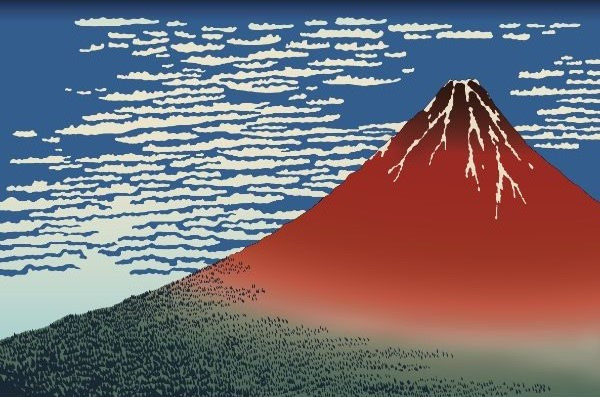
The most famous art style in Japan that portrays scenes from legends and folktales, landscapes, and more. The most popular artist is Katsushika Hokusai with his works “Great Wave of Kanagawa”, and “Fine Wind, Clear Morning” that showcases the breathtaking beauty of Mt. Fuji in autumn.
For more about Japanese Paintings 🖼️ and Hokusai, check these articles:
Appreciating the Sumida Hokusai Museum
Famous Painters and Paintings in Japan
※ Encyclopædia Britannica, Inc., “Yamato-e” “Kara-e” “Suiboku-ga” "Ukiyo-e" ※ Google Arts & Culture, "Thirty-six Views of Mt. Fuji: Fine Wind, Clear Morning"
Japanese Calligraphy
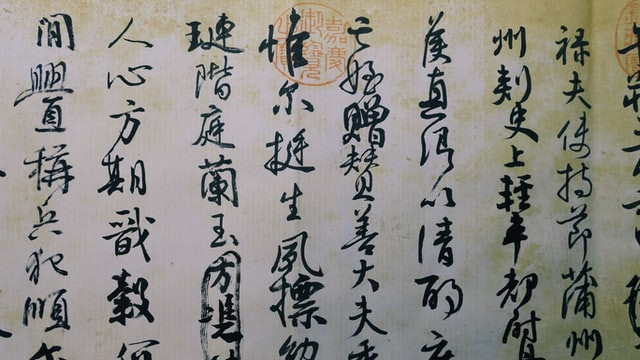
Shodo 書道 or Shuji 習字 refers to Japanese calligraphy. Starting with Kanji 漢字, though it is not clear when exactly Kanji first came to Japan, hiragana was developed as a native writing which was subsequently adopted into calligraphy.
There are 2 distinct calligraphy styles for hiragana calligraphy:
-
Renmen-tai: hiragana are connected together
-
Chowa-tai: some kanji connect with Hiragana
Whereas the general writing style for kanji are available in 3 types:
-
Kaiso: standard
-
Gyoso: semi-cursive
-
Sosho: cursive
※ School of Shodo, "Shodo Styles" ※ Encyclopædia Britannica, Inc., "Japanese Calligraphy"
Pottery
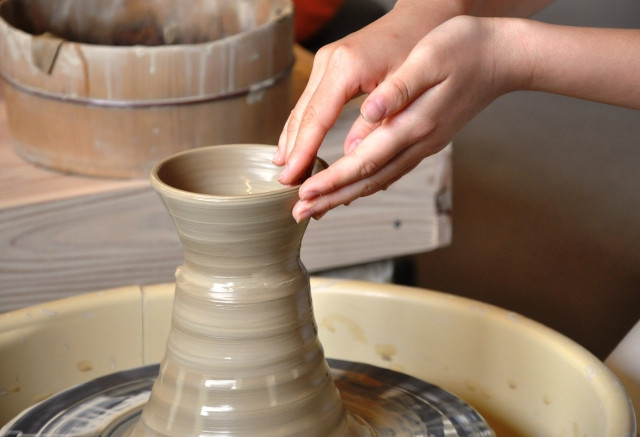
Yakimono 焼物 or Tojiki 陶磁器 refers to Japanese pottery. It is the oldest form of Japanese Art dating back to the stone age Jomon period. Pottery has contributed to other forms of Japanese art traditions like the teacups for tea ceremonies, or vases for Ikebana 生け花 (Japanese flower arrangement).
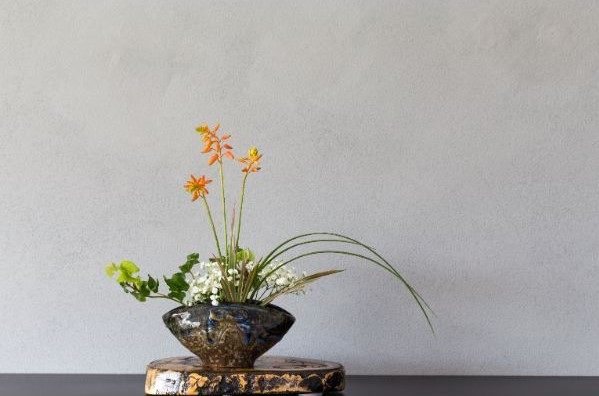
Just like Japanese paintings, the art of pottery sculpting has gone through various changes. From simple basic shapes for cooking purposes, to elaborately designed lacquered surfaces, religion inspired wabi sabi わびさび (beauty in imperfection) pieces, and more. One of which is the unique Bizen Ware, considered one of the oldest pottery-making techniques in the country utilizing 2 types of clays.
For more about pottery ⚱️, check our dedicated article:
Art of Pottery: Ceramics in Japan
※ Encyclopædia Britannica, Inc., "Japanese pottery" ※ JNTO, "Ceramics-Bizen Ware"
Performing Arts
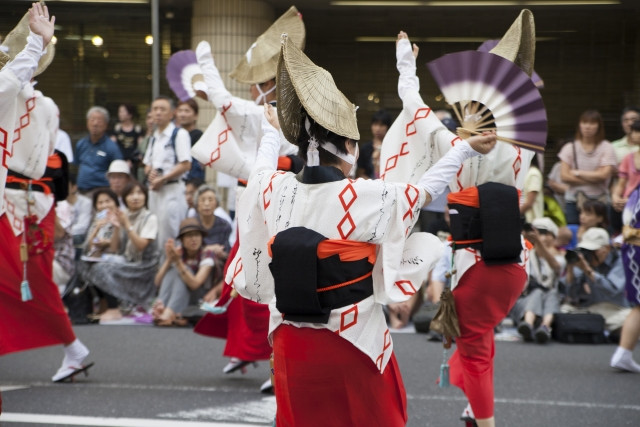
Japanese performing arts, or Japanese traditional dances, are composed of a wide variety of dances. These dances are typically steeped in religion. The earliest form of dance in Japan is the Kagura 神楽, a Shinto dance dedicated to the gods. Later forms of dance contained overseas influences like Chinese influenced Noh and Kabuki.
Other types of Japanese traditional dances aside from Kagura, Noh and Kabuki:
-
Bon Odori Dance,
-
Nihon Buyo,
-
Folk Dance,
-
Bon Odori Dance,
-
Jinta Mai.
Check out our related 🎭 articles :
Japan Culture: The Masked Dance Drama, Noh
Kabuki, Dramatic White Faced Theatre Dance
※ Encyclopædia Britannica, Inc., “Japanese Performing Arts”
Tea Ceremony

Sado 茶道 (Japanese Tea Ceremony) came to Japan during the 8th century influenced by Zen Buddhism. It is a traditional cultural style of ceremonial preparation of matcha or powdered green tea. More than just enjoying tea, to the Japanese it is an art, rich with hospitality to guests, tradition, and culture.
We have an article explaining what is Matcha 🍵 here:
Uji Matcha: Treating Yourself to the Best
※ Ancient History Encyclopedia, "Japanese Tea Ceremony"
Famous Japanese Art
Here is a sneak peek at some of the most famous works of Japanese Art in history:
The Great Wave off Kanagawa
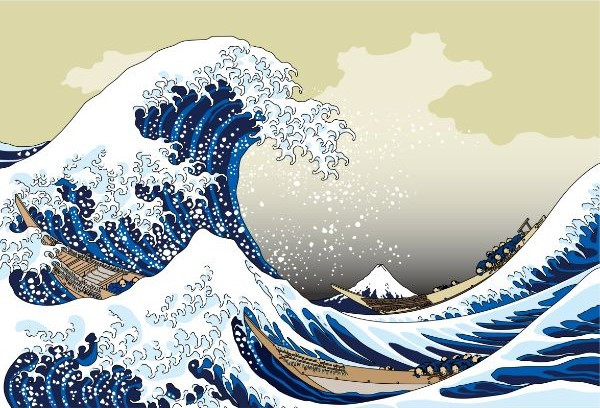
The most iconic piece of Japanese Art, this is a Ukiyo-e painting by Katsushika Hokousai in 1832. The Great Wave off Kanagawa is part of Hokusai’s artwork series “Thirty-Six Views of Mount Fuji”. This piece of art is frequently depicted in media including Nintendo’s Animal Crossing and Aniplex’s F2P Mobile Game Fate Grand Order’s Hokusai Foreigner Servant’s Noble Phantasm.
※ Tokyo Fuji Art Museum, “Thirty-six Views of Mount Fuji: The Great Wave off Kanagawa”
View of Ama no Hashidate
A 16th century Sumi-e/Suibokku-ga art piece by Sesshu Toyo. The monochrome painting depicts Amanohashidate as seen from an aerial view. The artist was well into his senior years when he visited the area to get a birds eye view sketch. His dedication to his work is truly remarkable.
※ Google Arts & Culture, “View of Amanohashidate” ※ Kyoto National Museum, “View of Ama-no-hashidate”
Shōrin-zu byōbu
It is a six-paneled folding screen created by Hasegawa Tōhaku during the 16th century or Muromachi Period. It shows a landscape of pine trees that are gracefully painted through the use of his "splash technique". This has been one of Hasegawa's most important works as it is declared as a National Treasure.
※ Tokyo National Museum, "HASEGAWA TOHAKU: 400th Memorial Retrospective"
Takeaway
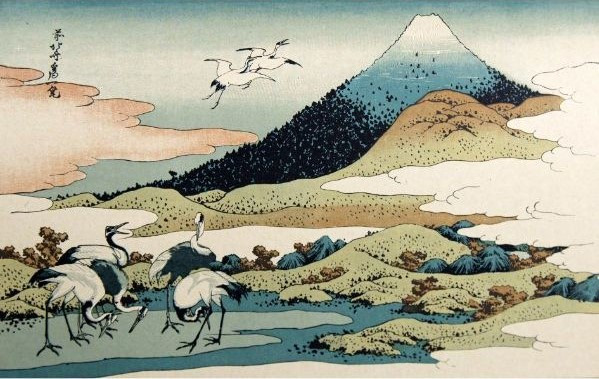
Japan is well-versed in preserving the essence of tradition and culture whether it is their architecture, or in this case arts. We hope this article helps you better appreciate and understand the beauty of Japanese Art and its developments. There are several other forms of traditional art we could not cover here, including ikebana, lacquerware, and woodworking.
For more art related articles, we have an 🖌️🎨 art tag:


























